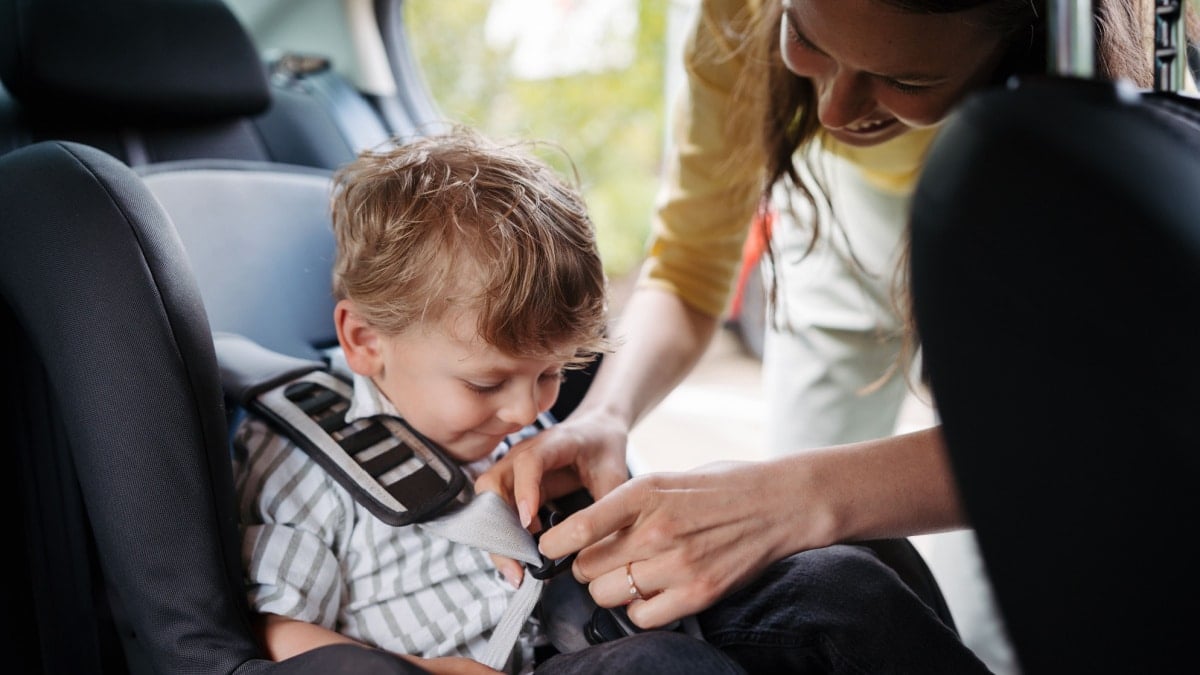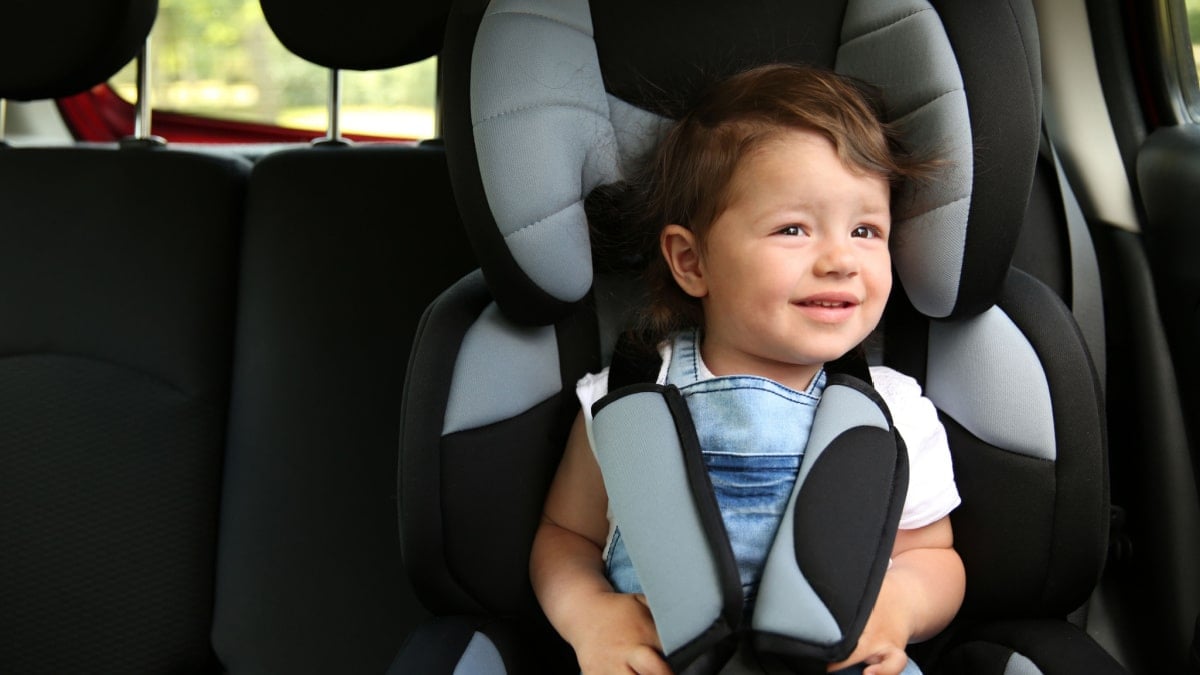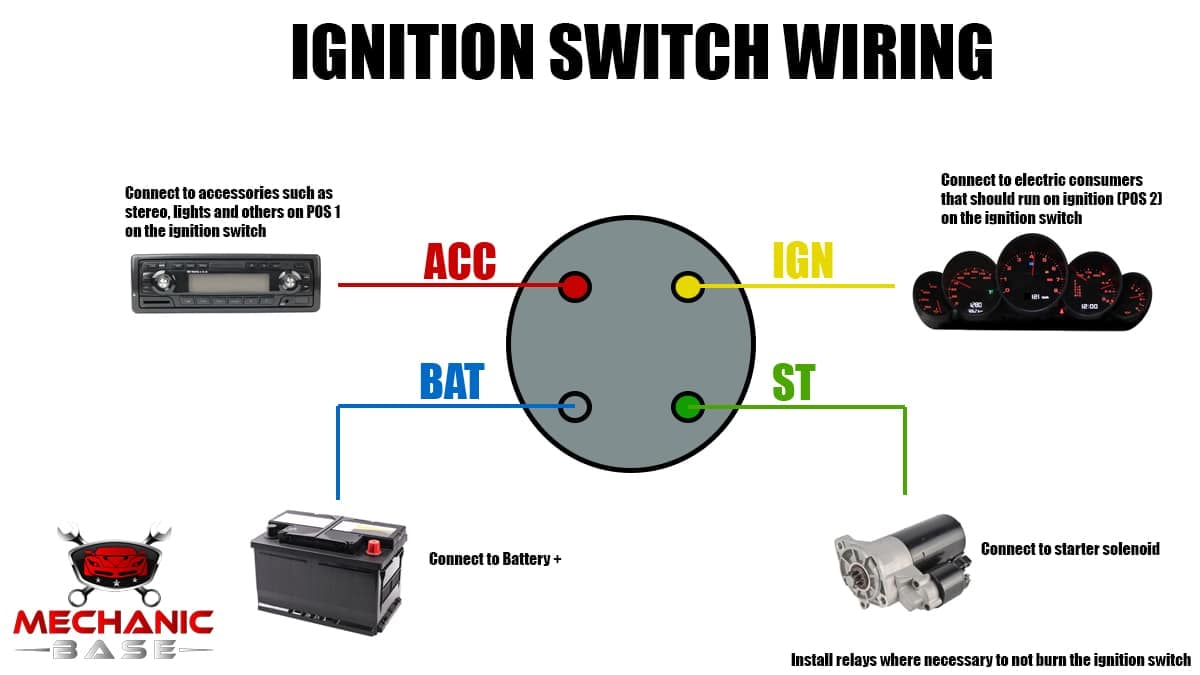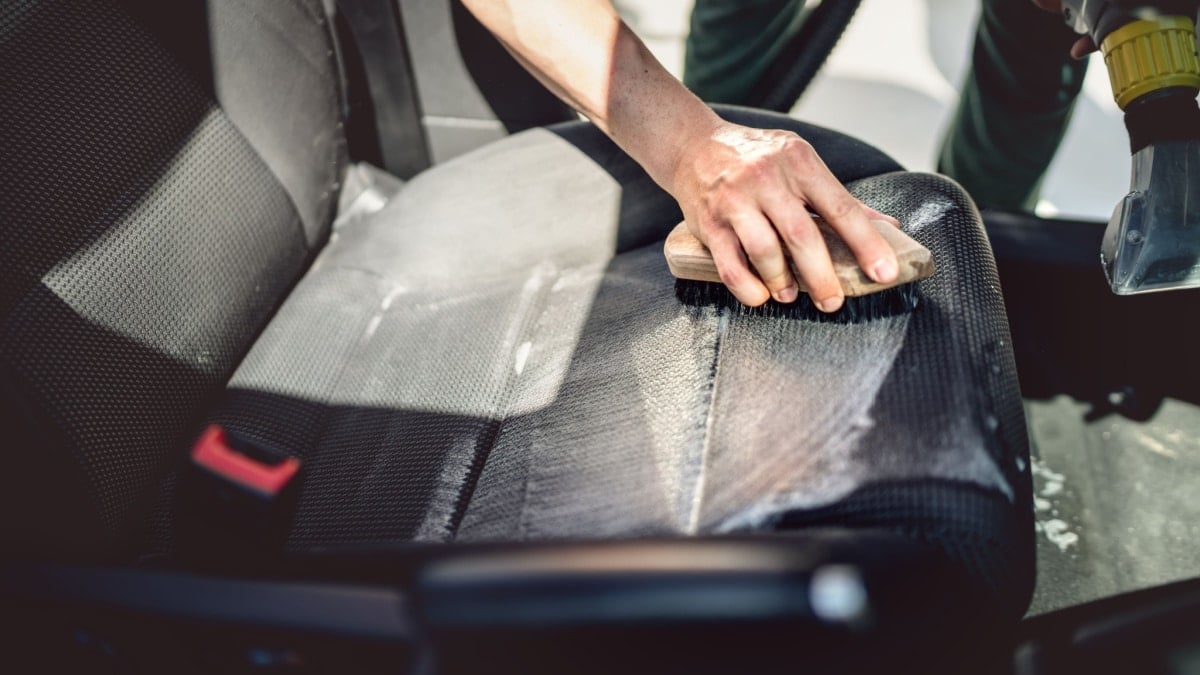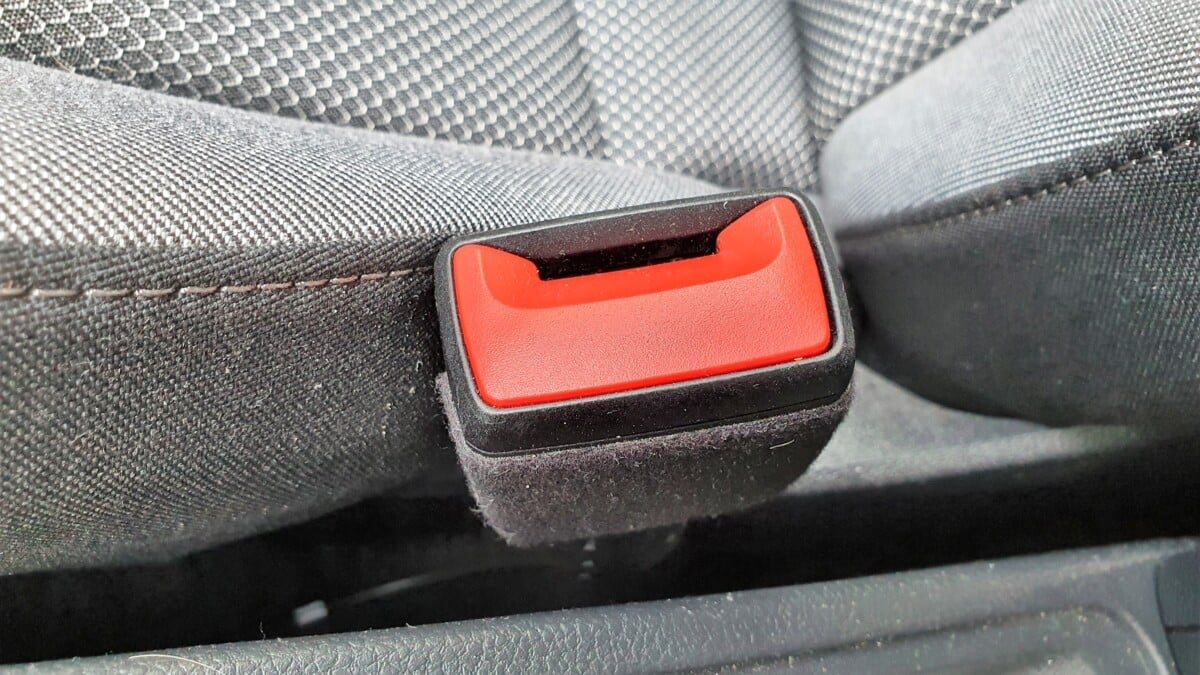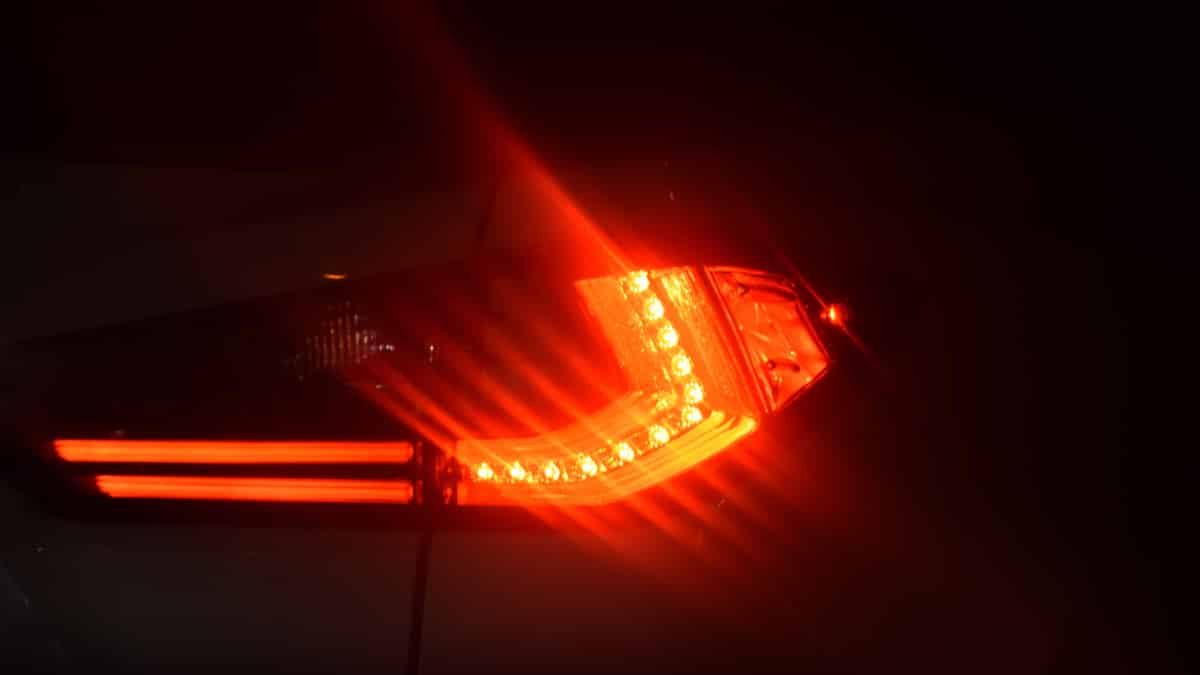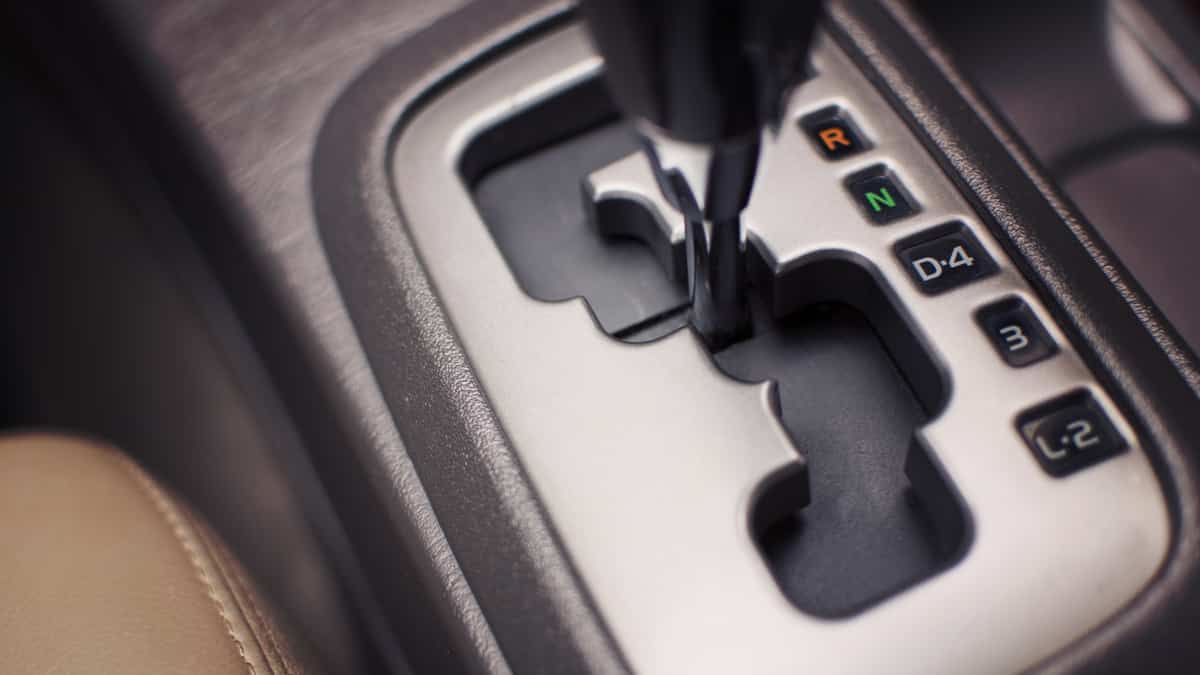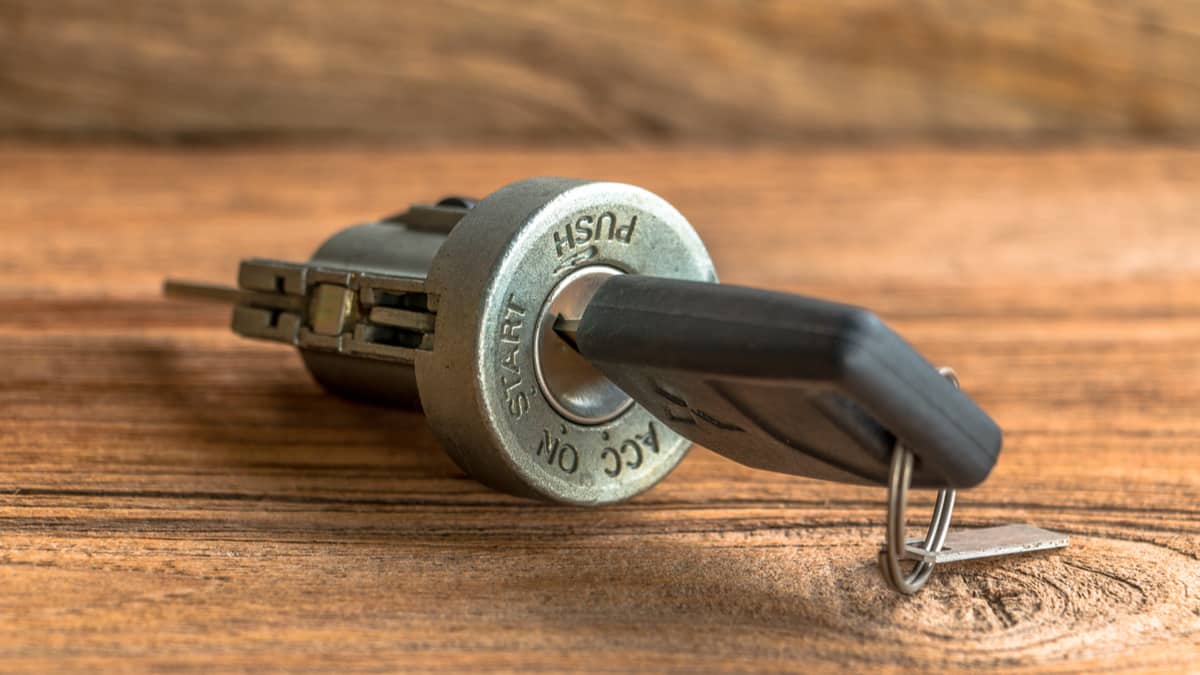Few things confuse parents more than trying to figure out what type of car seat to use. With so many different styles and types on the market, you want to determine when your child can switch to a forward-facing car seat. It’s also important to understand the safety reasons for putting your child in a rear-facing car seat for as long as possible.
Varying factors determine the best time, so we look at them all. We also discuss the various types of car seats and when to use each one, give practical car seat safety tips and answer a few of your top questions, including when it may be safe to switch to a forward-facing car seat.
When Should Your Child Switch To A Forward-Facing Car Seat?
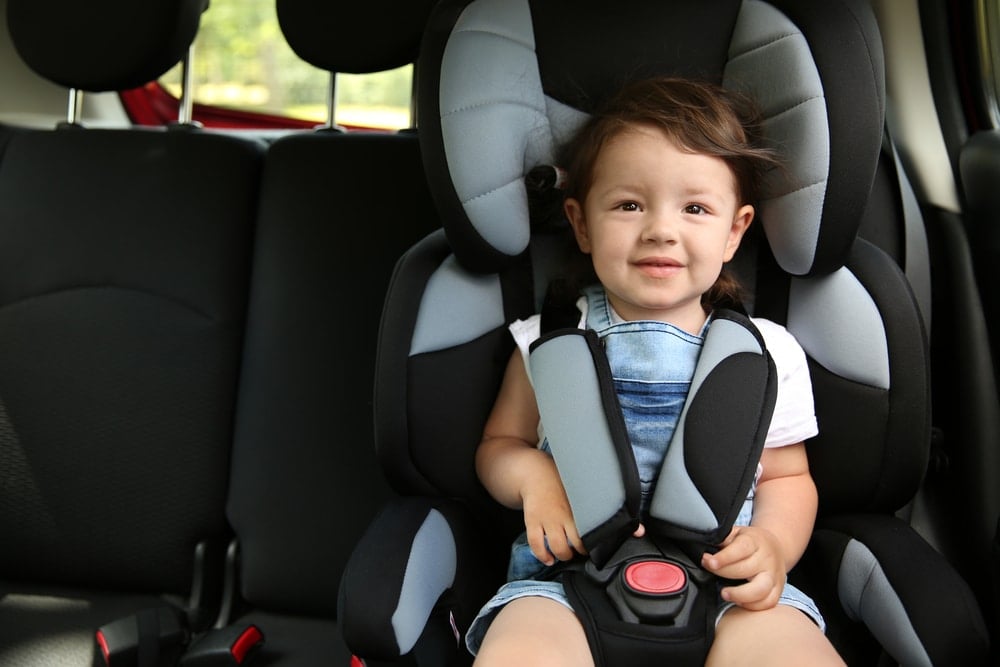
Your child should remain in the rear-facing position for as long as they can, as this is the safest option. Age used to be the guideline, but the decision now relies on them reaching a weight and height limit. Children should remain rear-facing until reaching the maximum height or weight.
The majority of rear-facing infant seats are designed to hold children up to 28 to 35 pounds. They can also accommodate children up to 30 to 35 inches tall. Some children reach one of these maximums before the other, which is why both should be tracked.
After the child hits this maximum, they could be moved to a convertible seat, still facing backward. These seats often have higher maximums, typically between 40 and 50 pounds in weight. You find these maximum measurements on the tag of the car seat or in the owner’s manual.
Many years ago, parents moved the child to a forward-facing seat at the age of two, but that’s no longer the recommendation. In fact, two would be considered the absolute minimum age at this point, with many people waiting until the child is three or four years old to switch. That’s when the majority of kids reach the maximum weight or height limit of today’s car seats.
Once you Switch To A Forward-Facing Car Seat, your child should remain in the proper restraints until the designated time. We discuss more about the various options in a minute.
What Makes Rear-Facing Car Seats Safer For Children?
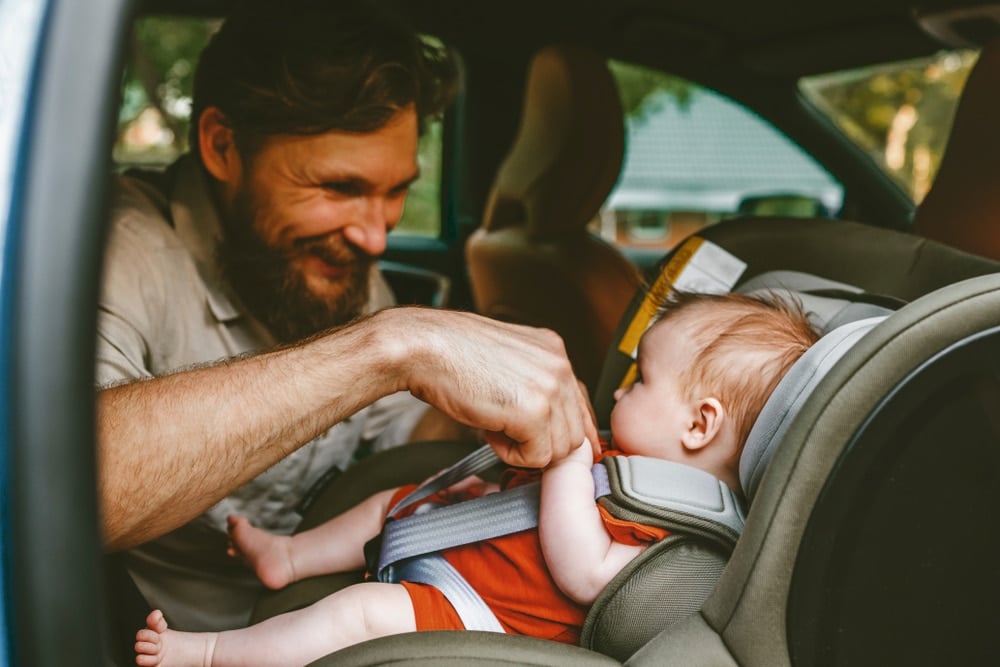
The rear-facing position is the safest for babies and toddlers because of how much protection is offered during a crash. The Centers for Disease Control and Prevention (CDC), the NHTSA and the AAP all recommend keeping the child in the seat until a minimum of two years of age, but only if they have reached the maximum weight or height requirement.
Infants and toddlers don’t have mature bones. Their connective tissues are also at a higher risk of injury. Rear-facing seats offer a protective enclosure during a serious accident, especially to the neck, head and spinal cord.
A recent study shows that rear-facing child safety seats provided a 14% reduction in the odds of major injury versus forward-facing seats. Rear-facing seats also show less of a chance of incapacitating and fatal injuries.
Some people have wondered about the safety of the child’s legs and feet when touching the back seat. However, there’s been no evidence to support additional injuries occur because of the back seat. As long as they are under the weight and height restrictions, children can sit in a variety of positions to be comfortable and still have the protection needed.
Types Of Child Safety Seats
Let’s evaluate the different types of child safety seats available and the average time each should be used. Choosing between the rear-facing, forward-facing and booster car seat can be a difficult task if you aren’t sure what stage your child needs. If you are unsure which is best for you, speak to your pediatrician.
Rear-Facing Car Seat (1-4 Years Old)

All children should start in a rear-facing seat. There are two different options for this position: infant-only seats and convertible (all-in-one) seats.
Infant-only seats are only meant to be used facing the rear of the vehicle. The convertible seat can be used either way but typically has higher weight and height limits for the rear-facing position than the infant-only seat. The convertible seat allows you to keep your child facing backward for as long as possible.
Forward-Facing Car Seat (2-7 Years Old)
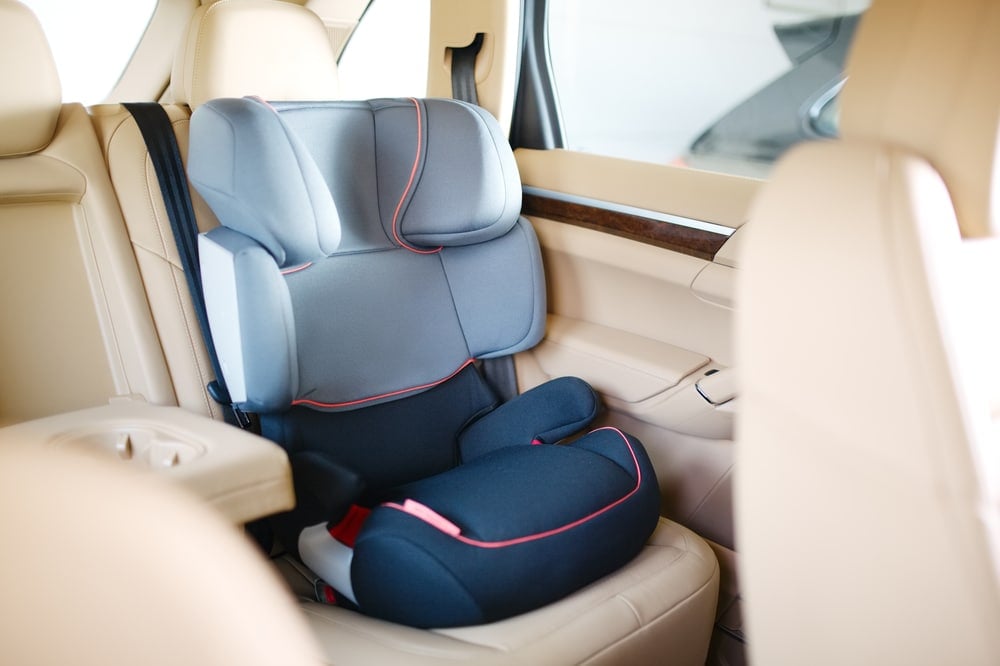
Once your child outgrows a rear-facing seat, it’s time to move them into a forward-facing model. This car seat should have both a harness and a tether to keep the child safe. Ideally, your child would wait until they are four years old before having to switch, but it’s best to move them once they reach the top height and weight limit of the rear-facing model.
Again, your child remains in the forward-facing seat until reaching the top weight and height limit from the manufacturer. When your child outgrows this model, you can move to a booster seat.
Booster Seat (4-12 Years Old)
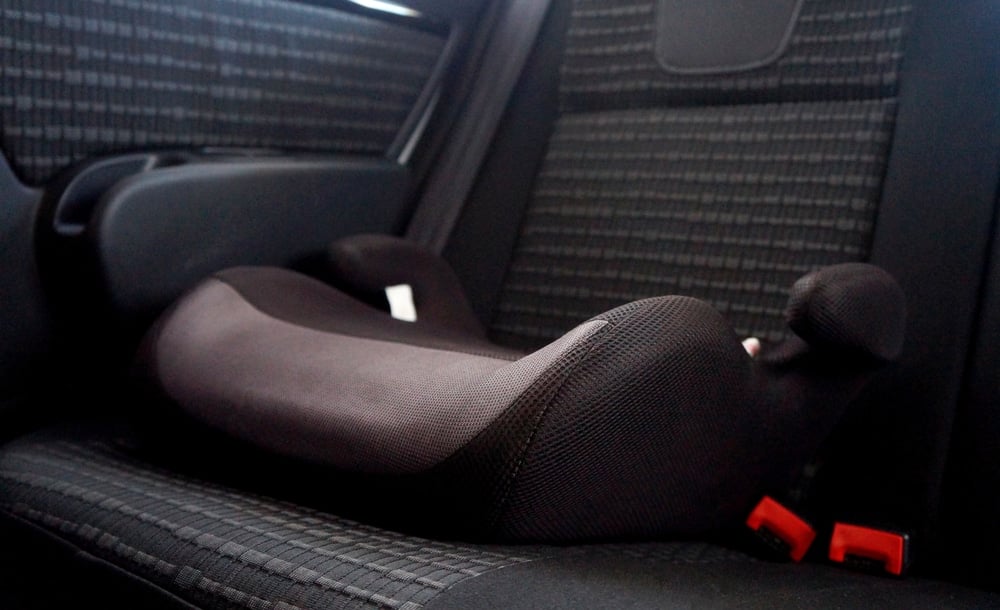
Ideally, your child would remain in the forward-facing car seat until they are seven years old. However, they aren’t safe to stay in there once they reach the maximum weight and height limits, which is when a booster seat is required.
Booster seats should always remain in the back seats and can be used up until 12 years old. You can find several different types of booster seats, but the ones with backs are best for added security.
Seat Belt (8-12 Years Old)
Ideally, your child remains in the booster seat until they are big enough to fit normally in a seat belt. For it to fit correctly, the lap belt must be snug across the upper thighs, never the stomach. The shoulder belt must also fit across the chest and shoulder, not the face or neck.
Kids should remain in the back seat as long as possible. It’s important to check local laws about allowing children to ride in the front seat, as they can be different. For example, in Texas, children must be eight years old and 4’9” to sit in a front seat. Yet, children in New York cannot ride in the front seat until they are 13 years old.
Car Seat Safety Tips
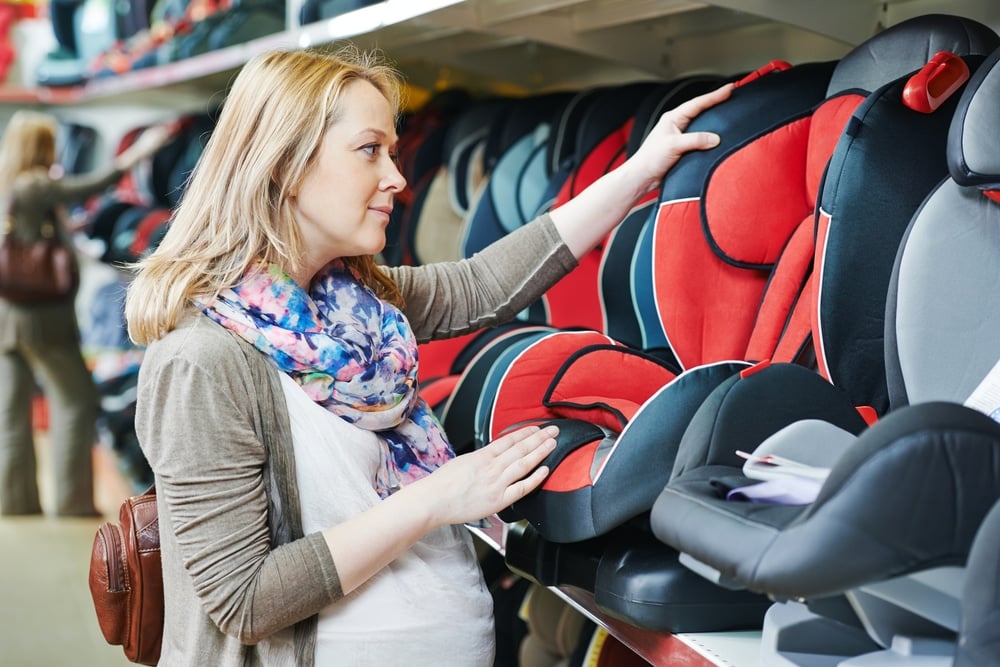
When you buckle your child into a car seat, you want to know that they are protected. With a few simple tips, you gain more peace of mind, ensuring your child arrives safely to the next destination. As professional mechanics, we know that installing and choosing car seats is never a simple task. That’s why we have these tips for you to review.
- Check the buckle. It’s important to buckle your child in properly. Don’t allow any uneven or twisted straps because these aren’t secure.
- Check the angle indicator of the seat. It needs to be in the safe range for your child’s age.
- Do a pinch test. Pinch the strap fabric over the kid’s shoulder. If it can be pinched vertically, it needs to be tightened.
- Don’t leave your kid unattended. Even if your child is buckled in, they shouldn’t be left alone.
- Car seats should only be used during driving. Car seats aren’t meant for sleeping or eating in. If you have a sleeping child in the car seat, make sure you remove them and transfer them to a safer location when the drive is over.
- Car seats should always be placed in the back seat. It’s also best for children under the age of 13 to ride in the back. Airbags can hurt children and are dangerous to use with car seats.
- Don’t use an old car seat. Every car seat has an expiration date on it. Don’t buy used car seats if it has exceeded this date.
- Avoid car seats that have been damaged. If the car seat has ever been involved in an accident, the structural integrity may be compromised. For this reason, you may want to avoid buying a used model or taking one from a friend.
Most importantly, if you aren’t sure how to install the car seat, you should seek out further guidance. Your child’s safety relies on how secure the seat is. Read through the manual or watch videos online of the installation. You can also find local events with police and fire stations that offer help with installation. If none are available in your area, you can ask for help at your pediatrician’s office or speak to a trusted mother who understands car seats better.
When can I transition my car seat to forward-facing?
Rear-facing car seats are best for children up to the age of four when they are under the maximum height and weight restrictions. At a minimum, children should spend their first two years in a rear-facing seat. Check the manufacturer’s limitations to get the weight and height restrictions.
What is the height and weight of forward-facing seats?
After a child outgrows their rear-facing seat, you should switch to a forward-facing car seat. This change should never occur before the age of one, preferably after they are two. Manufacturers determine the weight and height limit for forward-facing seats, but they normally accommodate children up to the age of seven.
Can a 22-pound baby face forward in a car seat?
The standard many years ago was that any child one year old and a minimum of 20 pounds could move into a forward-facing car seat. Those are no longer the recommendations, as many of the top agencies would prefer the child remain rear-facing until at least the second birthday. The child is ready to move forward facing once they reach the height and weight restrictions of the seat, typically at 28 to 35 pounds and 30 to 35 inches tall.
What is the max weight for rear-facing?
Every manufacturer sets its own weight restrictions for rear-facing car seats. Typically, these weights are a maximum of 35 pounds and up to 35 inches tall. Children often reach one of these maximums before the other, so only one needs to be hit for the children to be turned forward-facing. Check the restrictions on the car seat or through the manual provided.
Before putting your child in a car, it’s best to make sure that you are using the right car seat for their safety. With several different types to choose from, you want to follow the recommendations of the top government agencies. A rear-facing child seat should be used until the child hits the maximum weight or height specified by the manufacturer. These recommendations may not be met until the child is up to four years old.
While it may be easier to move a child sooner than recommended, there’s nothing more precious than their life. With studies proving the safety benefits of rear-facing child seats, it’s best to be patient and keep them pointed backward until they must be moved up.
Categories: Driving
